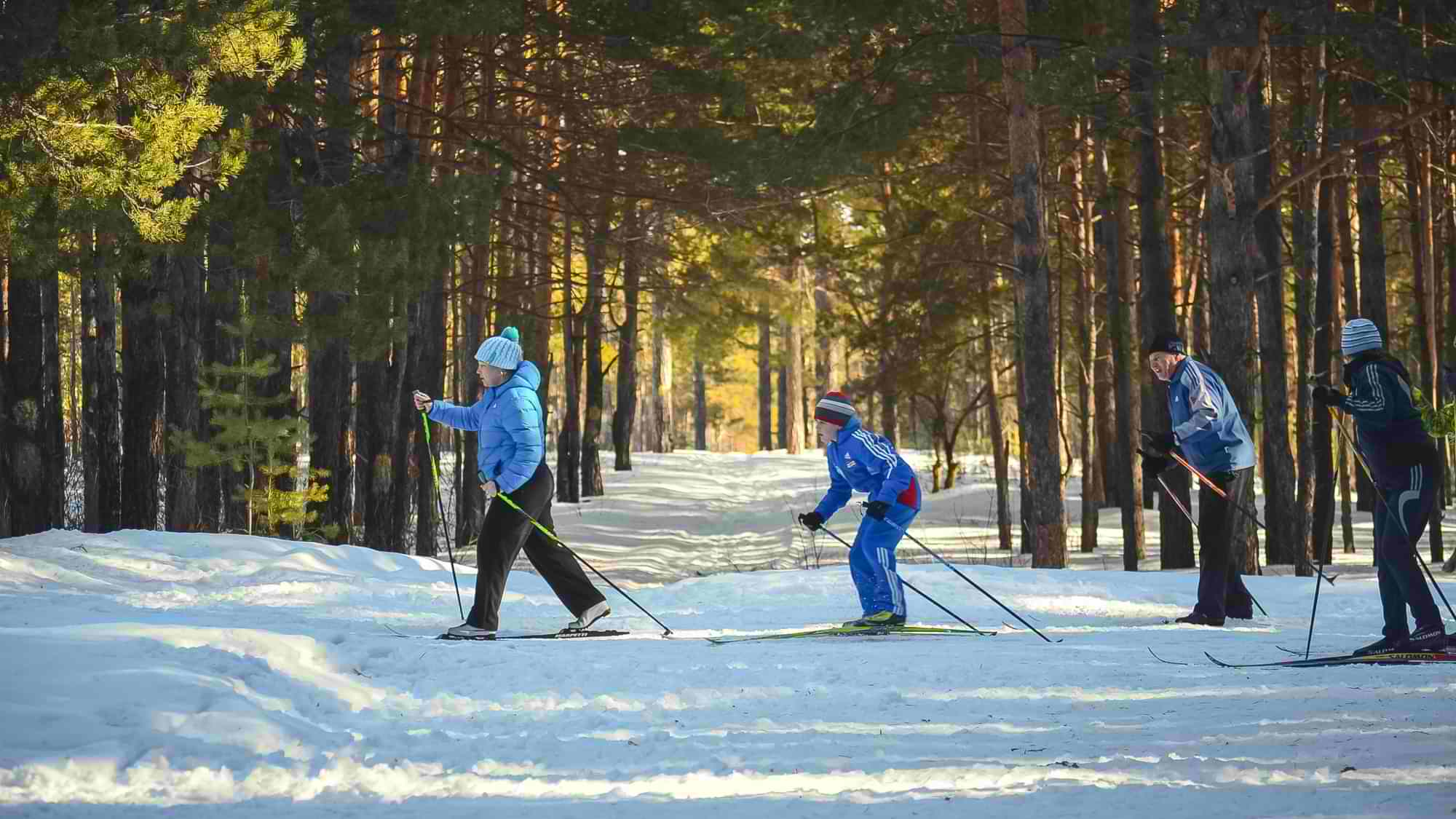
09 Mar Cross-country Skiing: Tips for Beginners to Get Started
What is cross-country skiing?
Cross-country skiing (also known as “XC skiing”, or often used interchangeably with “Nordic skiing”) is one of the oldest winter sports. It is widely practiced as a sport and a recreational activity and even sometimes as simply a form of transportation. With this form of skiing, a person using skis, poles, and their own physical strength to move across snow-covered terrain without the help of ski lifts or other forms of assistance.
Why do people cross-country ski?
Cross-country skiing can be a full-body workout or a stroll through the park depending on the path you take and the pace you set. Since cross-country skiing is low-speed and low-impact, this is a form of exercise that is gentle on your joints (especially your knees when compared to running).
Moreover, cross-country skiing is one of the safer winter sports. While you may sometimes fall in the snow as a beginner, there are far fewer risks than downhill skiing.
Many find the natural, snowy landscape across which they cross-country ski to be very relaxing, or even an adventure. Cross-country skiing is considered a peaceful sport that you can participate in by yourself or with friends and family (even kids). Some trails are also dog friendly!
Rules of the sport
Those participating in cross-country skiing competitions train for endurance, strength, speed, and flexibility. Athletes can compete in a variety of formats for cross-country skiing races. Races and marathon events occur over groomed courses of varying lengths and follow rules established by the International Ski Federation and other national organizations.
Rules include the technique athletes may use, either classic or skate-skiing techniques. You can read more about the types of cross-country skiing techniques here.
Awards are generally based on overall placement in the race, often divided by sex or age category.
Cross-country skiing lessons for beginners
Lessons are not a requirement for getting started with cross-country skiing. The equipment is simple to use and you don’t need anything fancy. Once you have your skis and poles and a good set of winter boots, you’re all set.
However, if you want help getting started, you might be able to learn from a friend, or find a professionally trained instructor in your area or at a cross-country ski resort, Nordic ski club, or gear outfitter.
What equipment do I need for cross-country skiing?
There are only a few essentials to get started. First, you need skis. The length of your skies depends on your weight. Find out your ideal ski size here.
Second, you’ll want to make sure you’re familiar with the boot binding system on your skies and that you have a pair of comfortable and flexible boots.
Third, you need poles. These should be about as tall as your armpits when standing.
Beyond that, make sure you’re properly stocked for an outdoor activity that couple be a few hours. The conditions can be cold, snowy, and windy. Dress in layers, since you’ll warm up as you move. Make sure you have a good hat and gloves!
Cross-country skiing tips for beginners
Start with a balanced stance. You’ll want to have your feet shoulder-width apart and a slight bend at your hips, knees, and ankles. Don’t use your poles at the start, as this can help improve your balance.
You’ll want to first practice walking on the skis, gradually moving up to gliding between each step. To begin moving, shift your weight onto the ball of one foot and kick off with your other foot to move yourself forward.
After you are comfortable with that, you can begin doing a shuffle and a glide. Take two steps, then glide a short distance on your front ski.
Adding poles will can give you more speed and add to your workout. However, they should never be used to slow yourself down — you risk hurting yourself, or your poles! As a beginner, simply coast to a stop when on flat terrain.
To use your poles effectively, do you shuffle and glide, but include a push on the pole opposite of the ski you’re currently putting your weight on. Repeat with the other side.
Keep an eye on other cross-country skiers on your path. You can watch and learn from how they ski.


